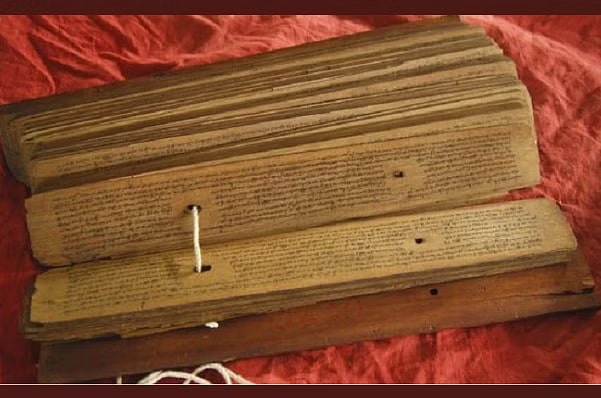Vastu Shastra in Arthashastra
Bhattacharya says that the state of structural engineering, as discovered in the Arthasastra seems to be intriguing and profitable study and can’t be later than that of the first century AD.
Other than the various references, scattered all through the book, the Arthasastra contains a few parts, principally or exclusively, managing building design. Be that as it may as it is absolutely a non-religious work, the subjects managed in these sections, all allude to the structures of a common nature rather than the religious.
The statement, vastu, has been characterized as houses (or the destinations of houses) or delight enclosures or banks and extensions (setubandhuas) or lakes.

This significance of Vastu is likewise evident from the meaning of the Silpashastra as given by the Sukranitisara, which says, “In which structures are fabricated, for example, the prasada (places or sanctuaries) and pictures, aramas (joy enclosures or notches), houses and the tanks. The meanings of vastu, as given in my, likewise bears a similarity with that given in Arthasastra. On the other hand, Arthasastra can’t be straightforwardly alluding as the treatise of building design. The few parts, managing building design in the Arthasastra, are not the redundancies of old conventions, common from a prior period in India. They exhibit new issues identifying with the Indian building design.
The depiction of private houses in Arthasastra was for the most part of an unstable character, however, at any rate, in the towns, houses were built on clean and controlled standards, infringement of which was rebuffed by the state. These standards, happening in Arthasastra (Iv.8), basically, identify with the position of the channels and different spots of can’t, to the space that ought to have must be kept open between two houses, and to the methods for ventilation of air in the rooms. Each one house had an anidvara (i.e., an entryway) and raised high. An uncommon tenet is set down to avoid the malevolence outcomes of downpour.
Of the more considerable and aesthetic structures, the most vital is the ruler’s royal residence, called a prasada. Structures of different sorts are demonstrated by words harmya, sabha and so forth each of which is alluded to as peculiar kind. Invigorated towns or capitals were called durga and extravagant portrayals of the forts structure the real piece of the parts, managing engineering matters. Trench, bulwarks, dividers and watch towers of distinctive structures were the few gimmicks of a fort.
The dividers of the castles were, by and large, made up of blocks, as it is apparent structure the bearing to make it astaka (Ii.5). Anyhow it is additionally alluded that the dividers of the antahpura ought to be secured over with mud blended with “lightening – slag” (vaidyuta – bhasma) and hail water (karaka-vari), to make them flame resistant. This demonstrates the presence of mud dividers even in the rich man’s homes. Bhattacharya further included that the terms vaidyuta-bhasma and karaka-vari are not clear.
The mud utilized within putting the dividers must have been an uncommonly arranged material and the way of which is not known to us today. The chambers for keeping articles of exchange and produce of the fields were a lot of people storied catuhasta houses, having best lines of mainstays of smoldered blocks. The arms stockpile contained underground loads and the jail house had mystery loads in it.

We discover, in Arthasastra (Ii.21), that the relative measurements of the diverse parts of a column have been expressed. Three specialized terms have been utilized there to demonstrate the diverse parts of a column. The most minimal part called the pariksepa, maybe, showed the platform the part above it, up to the capital, was the nikhata and the capital was called culi. An alternate pillared structure was the upasata or a little divider which framed the walled in area, round outskirt of a town.
The materials of common structures must have been wood. The most straightforward sort of abiding was built of screens of bamboo entwined with reeds and straw and, then put with earth. As the lord’s antahpura tops were frequently, secured with mats, Timbers were likewise utilized as a part of more gaudy structures. Its utilization may be inferred from numerous entries.
Stone had been utilized within the sides of trench and underground loads and in the development of the city dividers. Structures, completely made up of stones, are not somewhere else. The sidewalls of a portion of the structures, inside the posts, had been developed of blocks. The banks of the trench were likewise trimmed with block and the city divider was entirely made up of blocks. From all the above, Bhattacharya reasoned that the state of construction modeling, portrayed in the Arthasastra, was exceedingly developed, which may be seen from the incredible designing ability and also the sections, depicting building design in Arthasastra, must have been taken from antiquated messages on structural planning, which indicates the presence of an undeniable exploration of structural engineering as ahead of schedule as the first century AD, Regardless of the possibility that it was not in the fourth century BC.
